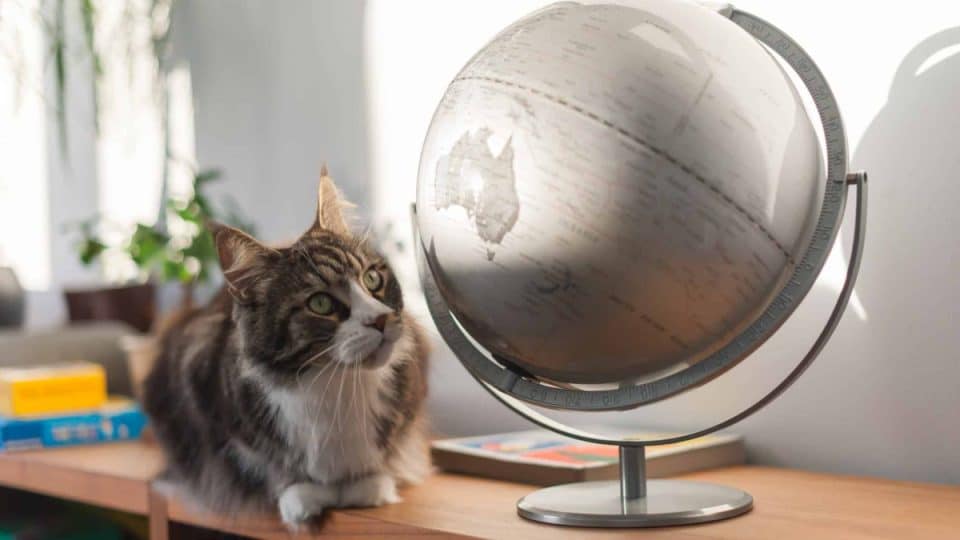Cats and humans go way back—as far back as 10,000 years. In ancient Egypt, domestic felines played a prominent role: they provided pest control and were fashionable among the royals (who decked them out in gold). They were even revered as symbols of divinity. So ancient peoples appreciated having cats around—but just how many cats live in the world today?
While it’s hard to pinpoint an exact number, the Ecology Global Network estimates there are between 600 million-1 billion cats in the world. This range includes pets, strays, and feral cats on every continent except Antarctica. Below, we’ll break down the cat population worldwide and discuss how different cultures view our favourite felines!
Are There More Cats or Dogs In The World?
Sorry, cat lovers. While a precise tally is impossible, most estimates confirm more dogs than cats worldwide. Currently, there are thought to be upwards of 900 million dogs and around 600 million cats on the planet.
The sheer number of cats and dogs worldwide makes taking a global census difficult enough. But what makes these figures even more challenging is the impossibility of accounting for all the strays and ferals in the world. These populations usually avoid humans and reproduce in seasonal ‘booms’, making it impractical to take an accurate headcount.
The numbers are slightly more attainable when we exclude strays and feral cats from the equation. For example, a 2018 survey reported roughly 470 million pet dogs and 370 million pet cats worldwide.
Which Country Has The Most Cats?
Cats are loved far and wide, but the country with the most cats is the United States. According to a national survey, there were approximately 95.6 million house cats in the US in 2017. China follows in second, with over 53 million cats kept as pets.
One country, particularly, has a soft spot for all things feline—Russia. This cat-loving nation boasts the highest percentage of cat owners worldwide, with over half of the homes sharing their space with a cat.
Many countries in the EU love cats as well. Germany has the highest number of cats: in 2021, it had 16.7 million. France was a close runner-up, with over 15 million domestic kitties.
Here are the 10 countries with the most domesticated cats:
- United States: 95.6 million
- China: 53.4 million
- Russia: 22.95 million
- Brazil: 22.1 million
- Germany: 16.7 million
- France: 15.1 million
- United Kingdom: 12 million
- Italy: 10.1 million
- Japan: 8.8
- Canada: 8.5 million
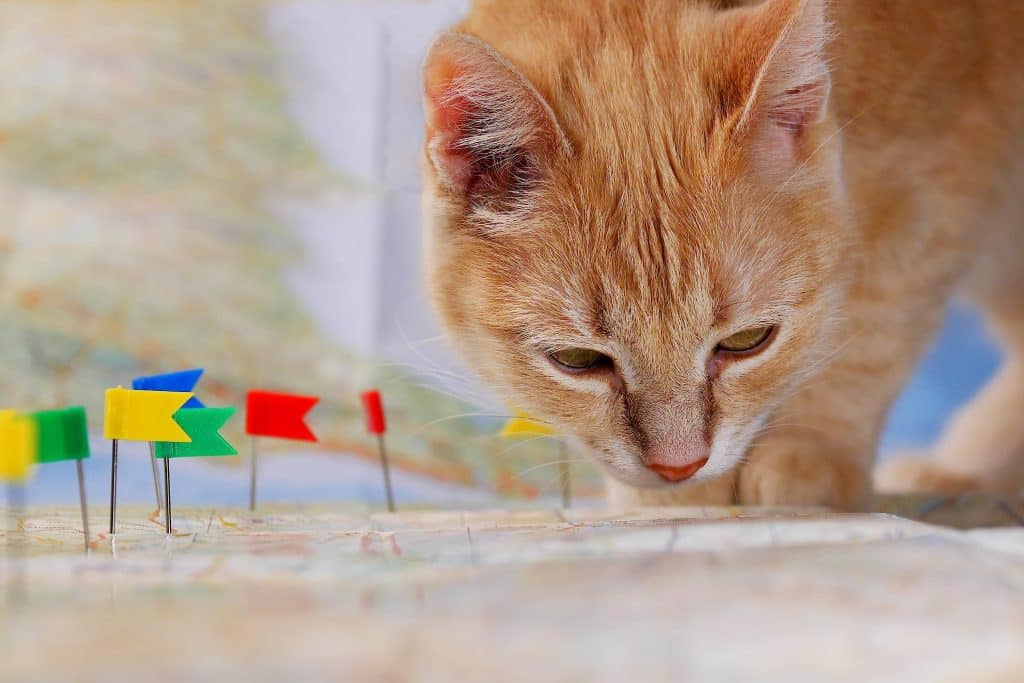
iStock/asadykov
How Many Homeowners in The US Have Cats?
According to statistics gathered in 2018, roughly one-quarter of US households have a cat (25.4%). Regarding popularity, cats are second only to dogs, who reside in 38.4% of US households. As a whole, Americans love their pets—approximately 66% of households share their home with at least one pet.
Which Country Did Cats Originate From?
Cat domestication occurred in two phases: first, in the Fertile Crescent during the Neolithic period (10-12,000 years ago). Then domestication took off in ancient Egypt around 4,000 years ago.
This relationship between cats and humans began when they transitioned from a nomadic lifestyle to one involving agriculture and food storage, explains Tehreem Puri, a vet at Quick Cat Pro.
“As humans began to store grain, they attracted rodents, which in turn attracted wildcats that preyed on the rodents,” says Tehreem. She adds that these wildcats lived closely with humans over time and were eventually domesticated through natural selection and human intervention.
How did cats migrate across the world?
Since cats got their start in Egypt, many wonder how they managed to travel to virtually every corner of the world. As it turns out: humans played a role.
“The migration of cats across the world was a gradual process that occurred through human trade and exploration,” says Dr Candy Akers, a veterinarian at Journeys Mobile Veterinary Services. She explains that as people travelled and established trade routes, they brought cats to help control rodent populations.
Over time, these ‘ship cats’ were introduced to Asia, Europe, and the Americas.
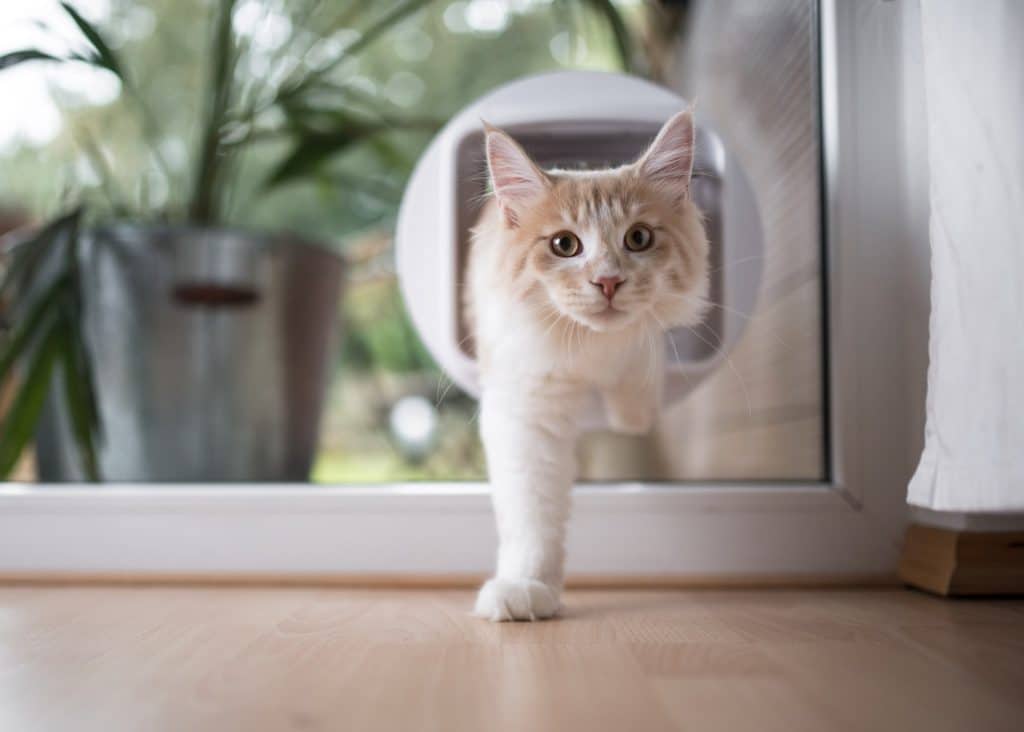
iStock/Nils Jacobi
When Did Cats Start Living Inside?
Even though most cat parents keep their pets indoors today, this wasn’t mainstream practice until around 1940, when a significant invention was introduced: commercial kitty litter!
Until that point, cats stayed outside. When they did come indoors to ‘do their business’, it was generally in a box filled with dirt, sand, sawdust, or paper. Cats could use these materials to bury their waste, but they were less helpful regarding odour control.
The increased availability of clay litter made it easier for cat parents to bring their cats inside while maintaining a clean and (mostly) odour-free home.
How Many Cat Breeds Are There In The World?
The Cat Fancier’s Association (CFA) in the US recognises 45 pedigreed cat breeds today. Which one holds the hearts of most Americans? The loveable Ragdoll is the most popular cat breed in the United States. Other popular cat breeds in the US include the American Shorthair, Maine Coons, Persians, Siamese, Russian Blues, Bengals, and Bombay cats. Meanwhile, here in the UK, there’s less of a focus on pedigrees as the standard moggy—or the Domestic Shorthair—is the favourite breed.
If you’re curious about your cat’s breed, there are clues to watch for, including their size, markings, coat length, energy levels, and temperament. In fact, up to 95% of cats worldwide are mixed breeds. The CFA recognises these non-pedigreed cats as ‘companion cats’. They’re every bit as wonderful as purebred kitties.
While the Ragdoll holds the top spot with American cat lovers, we see different global preferences, including the following.
| Country | # 1 Most Popular Breed | Other Popular Breeds |
| UK | Domestic Shorthair | Domestic Longhair, British Shorthair, Ragdoll, Bengal |
| China | Ragdoll | British Shorthair, Exotic Shorthair |
| Germany | European Shorthair | Domestic Shorthair, British Shorthair |
| France | Maine Coon | Birman, Bengal, British Shorthair, Ragdoll, Persian, Chartruex, Siberian, Norwegian Forest Cat, Sphynx |
| Italy | Persian | Maltese, Siamese, Chartruex, Main Coon |
| Japan | Domestic Mixed-Breeds | Scottish Fold, Munchkin, Somali, Bengal, Abyssinian, Maine Coon |
| Canada | Domestic Shorthair | Domestic Longhair, American Shorthair, Siamese, Ragdoll, Maine Coon, Bengal, Russian Blue, Sphynx, Persian, Himalayan |
How Do Different Cultures View Cats Worldwide?
Cats are perceived differently across cultures around the world. So let’s take a closer look at how these different attitudes impact the cat population and their treatment in certain areas around the globe.
Cats in Egypt
In ancient Egypt, cats held tremendous value. “Ancient Egyptians revered cats for their hunting prowess, and cats became an essential part of Egyptian society—often depicted in art and even mummified as a sign of respect,” Dr Akers explains. In addition, she adds that cats were perceived as good luck charms to banish evil spirits.
Today, the native Egyptian Mau is still a unique breed in the country. However, large clowders of strays can be found in many urban areas.
Cats in Japan
Japan’s love of cats runs deep. As pets, cats are more popular than dogs. Also, in Japanese folklore, cats are thought to bring luck and prosperity. For example, we’ve all seen the maneki-neko or ‘beckoning cat’, in places of business (contrary to popular belief, this beloved statue originated in Japan, not China). This iconic waving kitty is a famous symbol of good fortune in Japan.
“Japan is also home to several ‘cat islands‘, where cats outnumber humans and are well taken care of by the residents,” says Dr Akers.
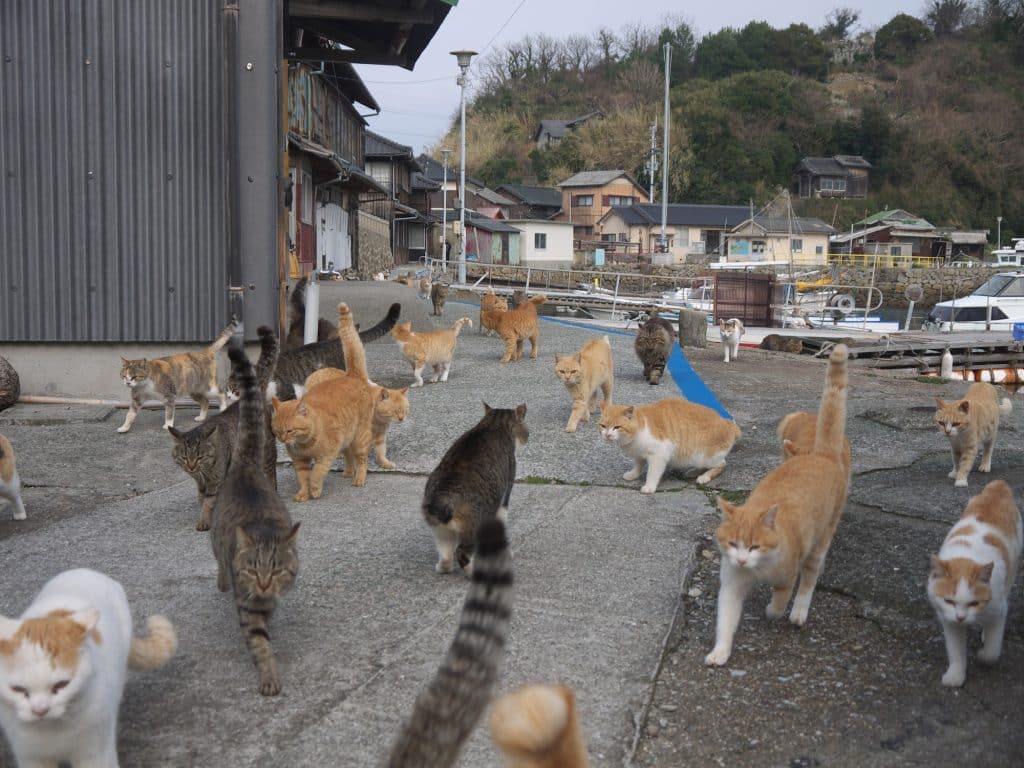
iStock/ES3N
Cats in Europe
Attitudes toward cats have fluctuated throughout European history. During the Middle Ages, cats were often associated with witchcraft and bad luck. Sadly, this led to the mistreatment and killing of many cats.
Fortunately, cats have become popular pets in many European countries today, and their treatment has become much more positive.
Cats in the United States
Many American love cats for their affectionate and low-maintenance nature, making them one of the most popular pets in the country. “However, the country also faces a significant issue with stray and feral cat populations,” says Dr Akers. “This has led to widespread Trap-Neuter-Return (TNR) programs and an emphasis on adopting from shelters.”
Cats in Islamic culture
Generally, cats are highly regarded in Islamic tradition, and the Prophet Muhammad was even known to have a fondness for them. “Cats are considered clean animals, and it is not uncommon for them to be allowed in homes and mosques,” says Dr Akers. Moreover, in some predominantly Muslim countries, like Turkey, stray cats are beloved and often cared for by the community.
How Have Humans Dealt With Cat Populations Over the Years?
While it would seem the more cats, the better, overpopulation is a serious issue in many regions worldwide. Unchecked feral populations threaten indigenous wildlife and increase the number of cats crammed into shelters.
Positions differ on how to effectively and humanely handle cat overpopulation. Some stand behind Trap and Kill policies to reduce the number of cats. Other animal welfare experts support Trap-Neuter-Return programs to stabilise the cat population.
This predicament highlights the importance of getting our cats spayed and neutered. It’s one way cat parents can prevent unplanned breeding. Plus, neutering your cat also comes with some notable health benefits.
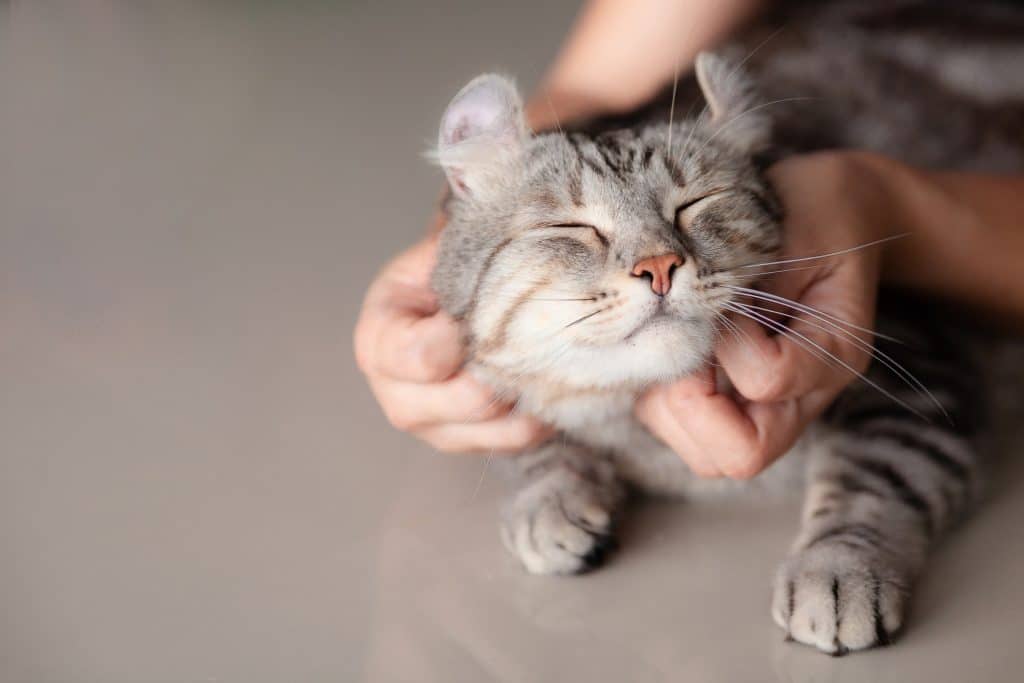
iStock/Nitiphonphat
Takeaway
Cats have been our longstanding companions throughout the ages, and we wouldn’t have it any other way. With all their mysterious quirks and endearing habits, it’s no surprise that cats have held our interest since ancient times.
The more we discover how cats communicate via scent, body language, and tail movement, the better we can understand what’s happening inside their heads. Once you learn to ‘speak their language’, you can tell your cat how much you love them.
